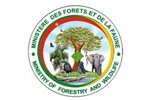Determining the diet composition of the African manatee: spatial and temporal variation downstream of the Sanaga River watershed, Cameroon.
Downstream of the Sanaga River Watershed (DSRW) is considered the area with the highest occurrence of the African manatees in Cameroon; within the watershed, Lake Ossa is thought to be a refuge for the manatees during the dry (low water) season. Although knowledge about the composition of their diet is unkown for this area, this study will provide information on the feeding ecology and habitat use of manatees necessary to determine their conservation status. The African manatees in the DSRW are not well known as far as their dietary preference is concerned. The goal of this study is to identify and document the key plant species consumed by African manatees in the DSRW and assess the difference in diet composition by location/habitat, season/water level, size class, and the diversity/abundance of accessible plant species. To describe and characterize the composition of the manatee's diet, microbiological analysis will be performed on 300 free-floating manatee fecal samples, and on ingesta samples collected from manatee carcasses during two separate seasons (dry and wet) at five different locations representing four habitat types.
In order to compare, measures of factorial variables will be recorded, including average water depth at each site and each season, the general area of fecal sample collection (assuming that high counts represent group size of the species), species richness, the Shannon index, and relative abundance of available plant species. A multifactorial ANOVA analysis will be used to statistically compare the diet composition among the different sites. The results of this study will provide the first comprehensive list of plant species consumed by the African manatees in Cameroon. Also, the understanding of the spatio-temporal variation of the manatee's diet will help hypothesize on the necessity of migration and create models of preferential feeding grounds depending on the vegetation, especially during the dry season.

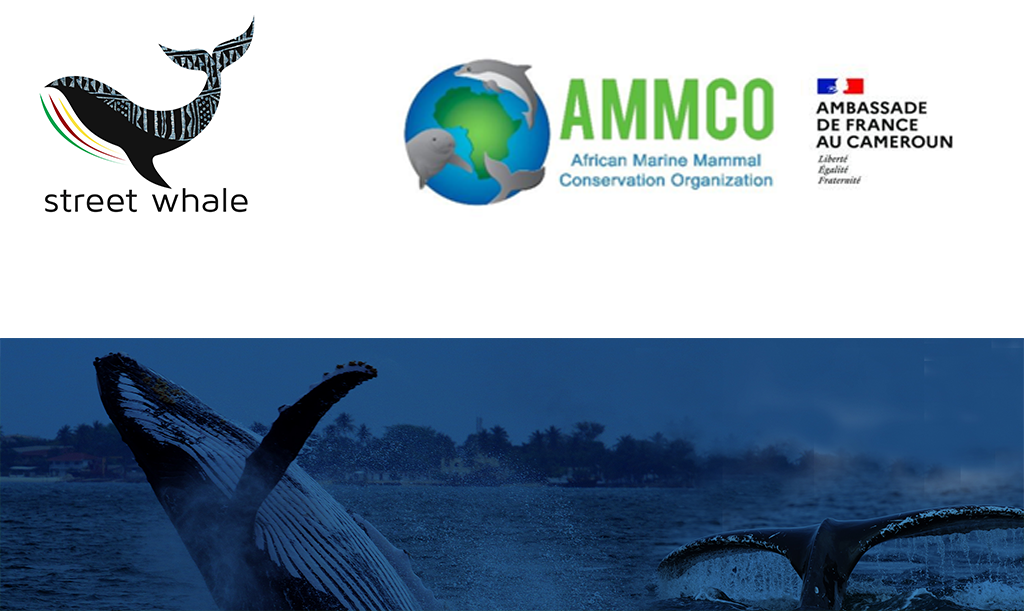
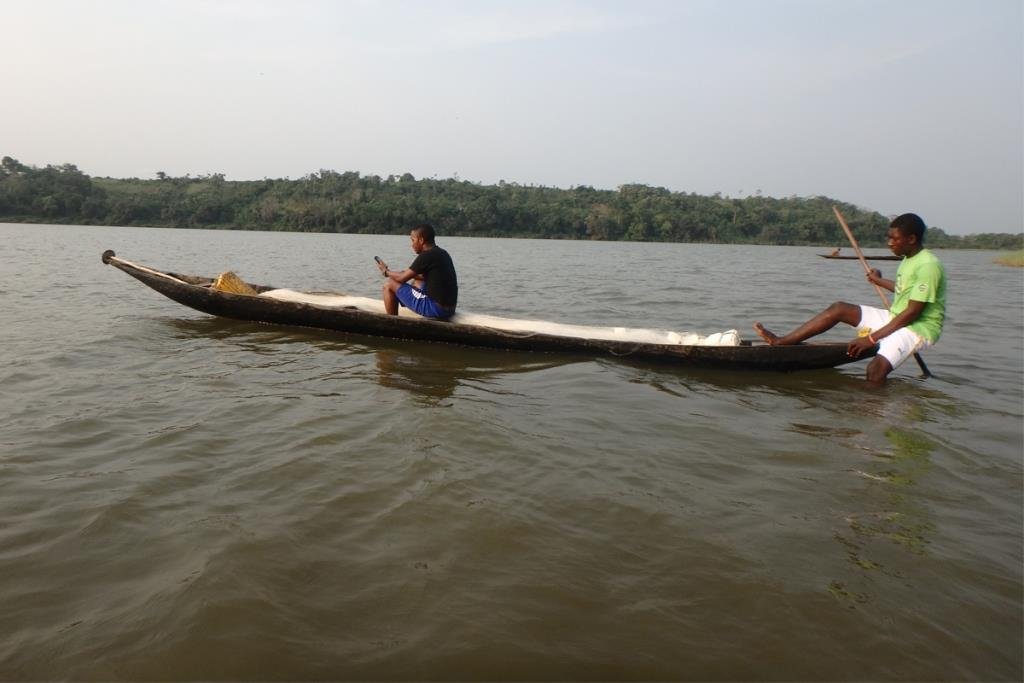


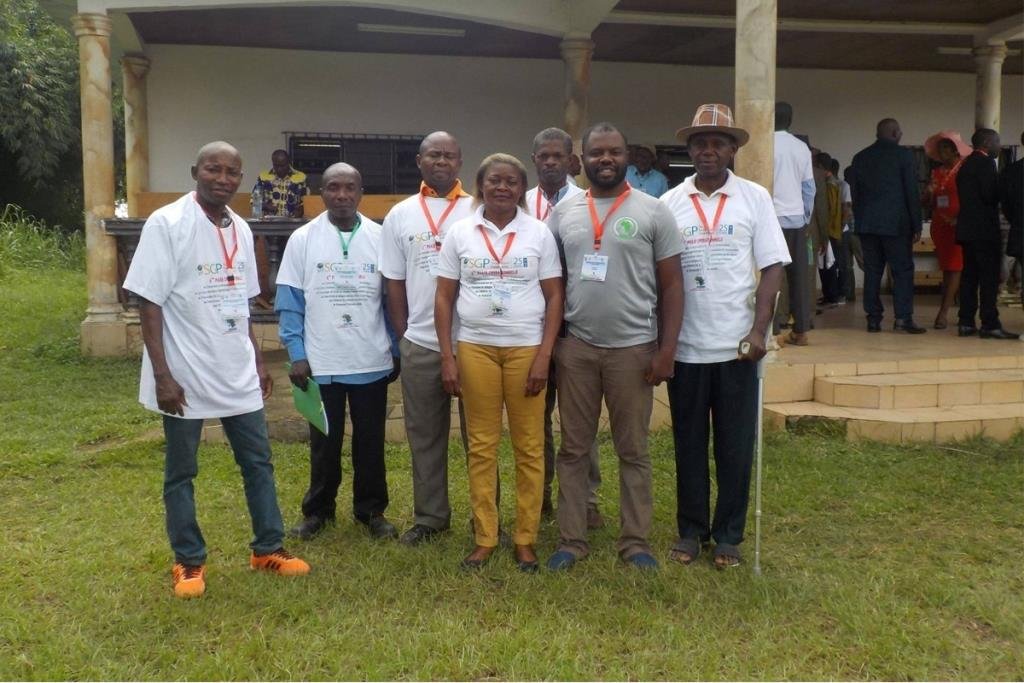



.jpg)


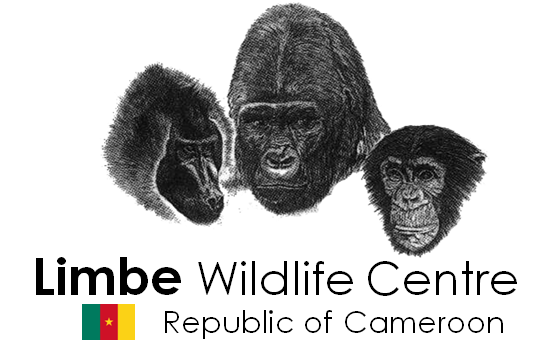


.jpeg)
.jpeg)
.jpeg)








